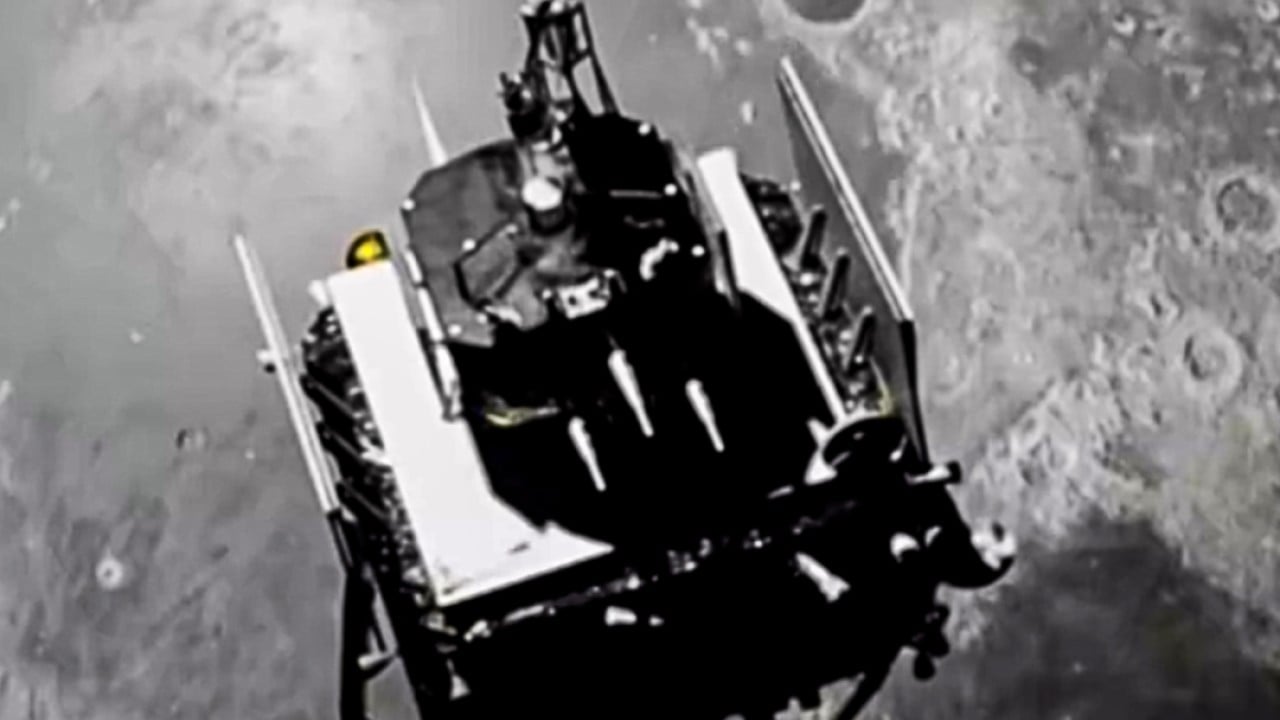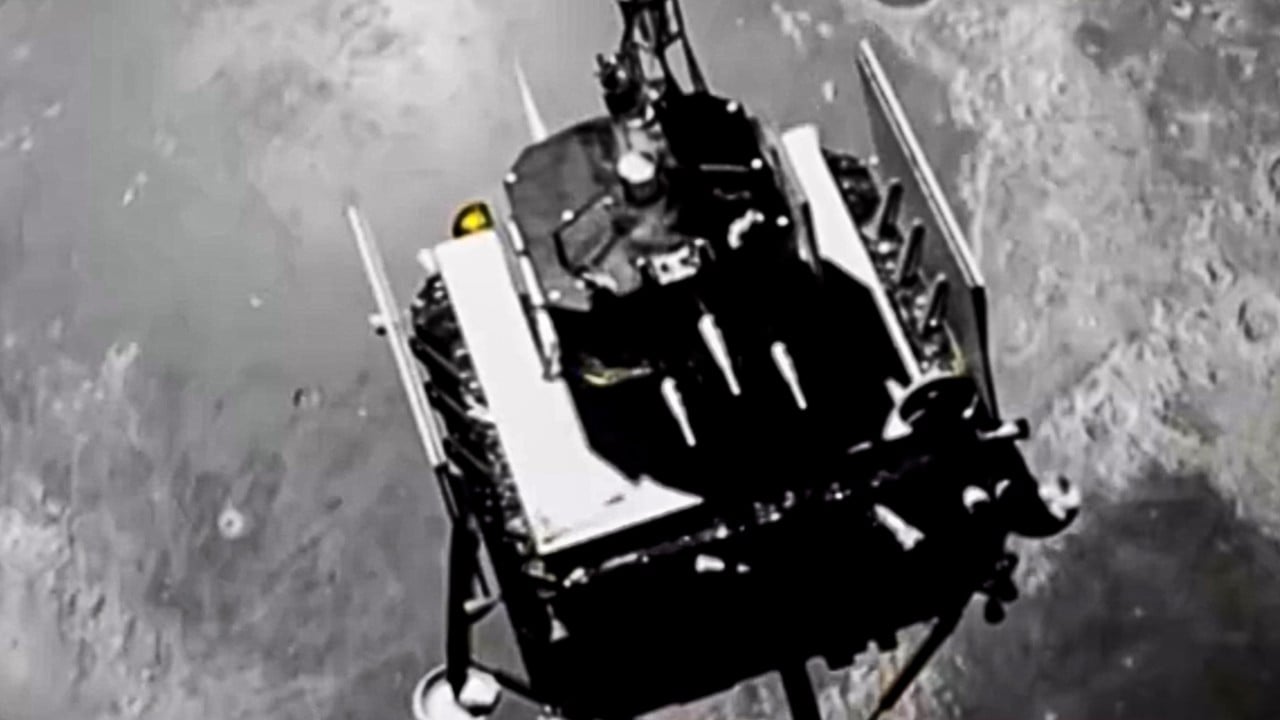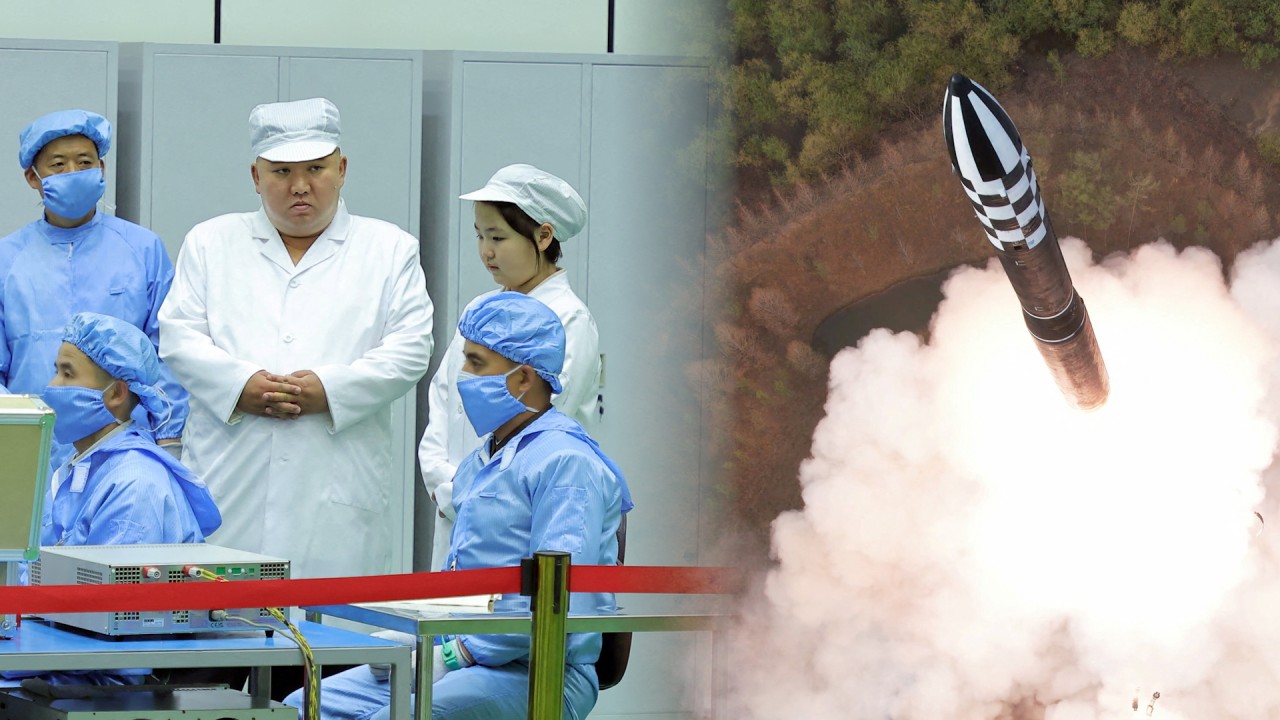Experts from governments around the world have agreed on steps to keep peace and prevent an arms race in outer space in the face of geopolitical tensions on Earth and a perceived lack of safeguards in space.
The United Nations body – the group of governmental experts on further practical measures for the prevention of an arms race in outer space (GGE-PAROS) – reached consensus on actions suggested by experts to address threats and challenges in outer space security.
GGE-PAROS concluded its latest meeting on August 16 by adopting a final report on the key components of a legally binding instrument.
While the report has not yet been released to the public, experts say the agreement marks major progress in ensuring safe use of the space domain.
“It’s a huge deal that consensus was achieved on the final report. That is not always guaranteed,” said Victoria Samson, chief director of space security and stability at the Secure World Foundation, a body aiming for space sustainability and peace.
The progress might be attributed in part to the country that initiated it – Russia – since it had an incentive to ensure its success, she said.
The GGE-PAROS was set up in 2017, convening in two fortnight sessions in Geneva in 2018 and 2019, with experts from up to 25 member states. China and Russia were instrumental in its formation.
However, Russia was also among the countries that blocked consensus in another similar discussion process last year at a UN open-ended working group, Samson said.
“This is not going to be a one-and-done type of discussion. There is no one single solution to space security and stability,” she said. “It [the report] can lead to greater international cooperation, but that is always challenged by geopolitical considerations.”
The GGE-PAROS could not reach a consensus on a final report in 2019. Then, China blamed the US for being the “sole obstruction” during the meeting.
During the Cold War, space was a battleground in which the Soviet Union and the US advanced and tested anti-satellite weaponry.
More recently, space has become a growing diplomatic flashpoint among major powers – particularly the US, Russia and China – amid a proliferation in their space and counterspace weapon capabilities and intensifying geopolitical competition.
Washington has accused both Beijing and Moscow of militarising space.
In a Nato summit declaration in July, leaders expressed “profound” concern over the deepening strategic partnership between Russia and China and “their attempts to undercut and reshape the rules-based international order”.
This month, China and Russia held talks on “the peaceful use of outer space”, agreeing to boost cooperation in the sector.
Many military experts have long warned that space is likely to be the next frontier of warfare in an increasingly technology-dependent world.
China, India, Russia and the US have shown their anti-satellite (ASAT) capabilities by destroying their own satellites as a show of strength, but no ASAT system has yet been used in an active conflict.
Treaties adopted in the 1960s and 1970s ban the placement of weapons of mass destruction in space, but they have not prevented states from sending up other types of weapons.
Many nations have argued there are insufficient safeguards in outer space and believe that a legally binding multilateral agreement is pivotal to maintaining peace.
The UN Security Council voted in April on its first outer space resolution, which was introduced by the US and Japan and aimed to prevent any form of arms race in outer space.
China and Russia proposed an amendment to the draft resolution for a broader ban against all types of weapons, but their amendment did not pass and Russia vetoed the US-Japan resolution.
“The biggest complication is that the major powers don’t agree on the nature of the threat,” Samson said. “It’s hard to solve a problem when you can’t even agree on what it is.”
Russia, China and their allies focused on the threat of actual weapons placed into orbit, and had pushed for a treaty since 2008, but progress had stalled, she said.
However, the US and its allies argued that space systems had both civilian and military uses, making it difficult to classify objects as weapons.
Samson said this argument asserted that determining a threat depended more on intent and action rather than the mere presence of weapons. Proponents favoured a focus on behavioural norms and soft law instead of a formal treaty, she said.
“But in any case, I think that consensus on this [group of governmental experts] is a demonstration that progress, however small, can be achieved on this very sensitive issue, which is cause for celebration, no matter what happens to the implementation of the report. With diplomacy, you need to appreciate every win,” she said.
After the completion of the GGE-PAROS final report, Beijing vowed to play a more constructive role in the global governance of outer space to ensure peaceful use.
“China is willing to take the completion of this report as a new starting point, and work together with all parties to make greater contributions to the global governance of outer space,” Chinese foreign ministry spokeswoman Mao Ning said on Wednesday.
“For many years, China has actively advocated for practical measures to prevent an outer space arms race and has pushed for the prompt initiation of relevant international legal document negotiations, which has received widespread support,” she said.
Last year was a record-setting year for China’s space programme.
It conducted 67 space launches, resulting in more than 200 satellites being placed into orbit and one launch failure, according to the 2024 Space Threat Assessment released by the Centre for Strategic and International Studies, a Washington-based policy research group.




